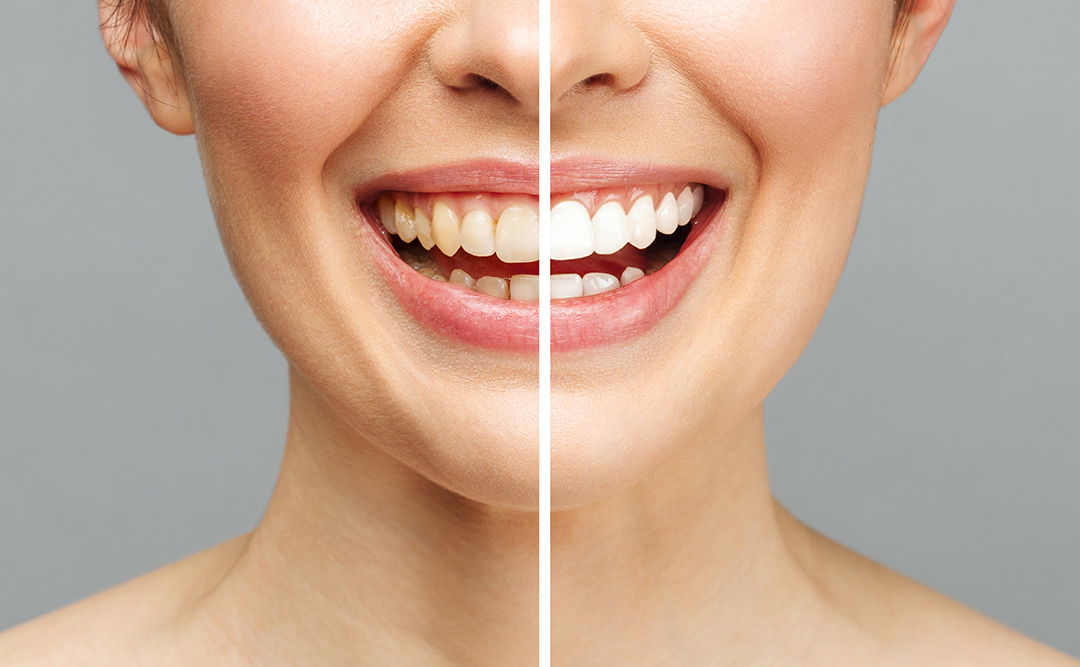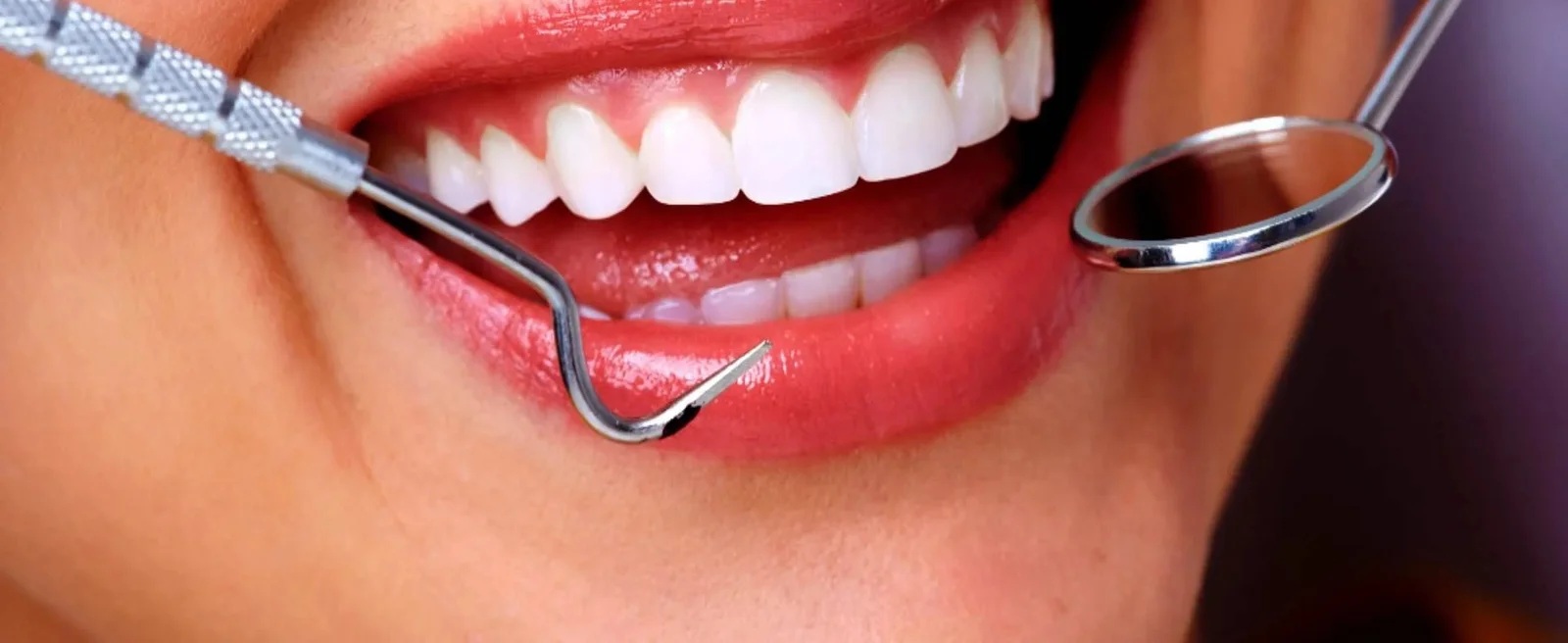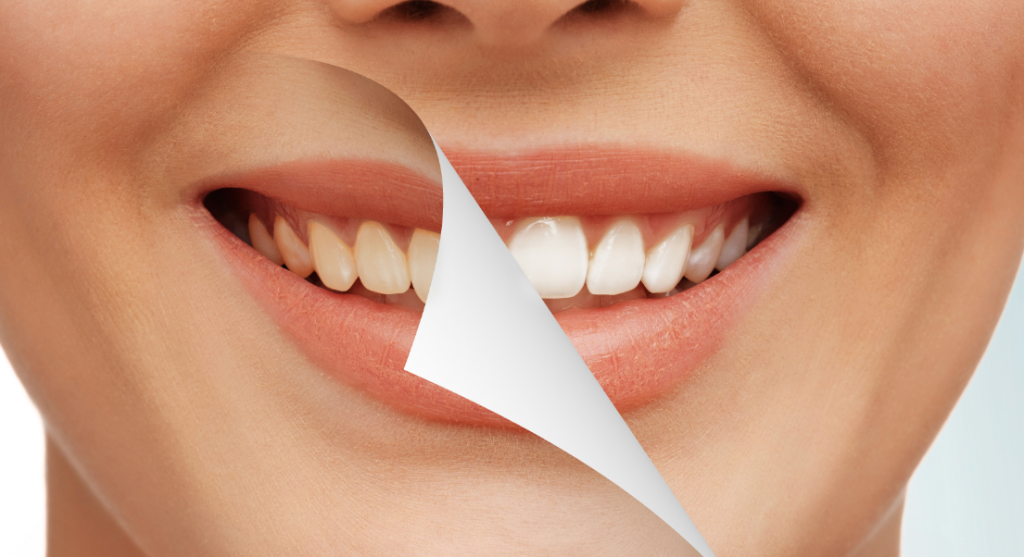Cosmetic & Elective Dental Surgery

A beautiful smile can boost confidence, improve first impressions, and even enhance career prospects. Thanks to advancements in dentistry, cosmetic and elective dental procedures are now more accessible than ever. Whether you're looking to whiten your teeth, correct misalignment, or replace missing teeth, there are numerous options available.
What is Cosmetic and Elective Dental Surgery?
Cosmetic dentistry focuses on improving the appearance of teeth, gums, and bites. Unlike general dentistry (which prioritizes oral health), cosmetic procedures are often elective—meaning they’re not medically necessary but enhance aesthetics.
Elective dental surgery includes treatments like veneers, teeth whitening, and gum contouring, while more extensive procedures like dental implants or orthognathic (jaw) surgery may also fall under this category.
These procedures can range from minimally invasive treatments to more involved surgeries, depending on what needs to be done. Here are some common types of cosmetic dental surgeries:
1. Dental Implants
A dental implant is a permanent replacement for missing teeth. A titanium post is surgically placed into the jawbone, and after healing, a crown is placed on top to restore the appearance and function of the tooth.
2. Veneers
Veneers are thin shells of porcelain or composite material that are placed over the front of teeth to improve their appearance. This can address issues like discoloration, chips, or misalignment.
3. Gum Contouring or Gingival Surgery
This procedure is used to reshape the gum line, often to address a "gummy smile" or uneven gum tissue. In some cases, excess gum tissue is removed, or the gum tissue is reshaped to create a more balanced appearance.
4. Teeth Whitening (Surgical Approach)
One of the simplest and most affordable ways to enhance your smile. In some cases, teeth whitening may be combined with a dental surgery or procedure to improve the effectiveness or reach of the treatment, particularly for patients with severe discoloration.
5. Orthognathic Surgery (Jaw Surgery)
This involves surgically repositioning the upper or lower jaw to improve the alignment of teeth. It can also enhance facial aesthetics if there’s a noticeable imbalance in the jaw structure.
6. Tooth Reshaping or Contouring
This involves shaving down or reshaping the teeth slightly to correct minor imperfections such as small chips, uneven teeth, or slight misalignments. It can also be done to smooth out rough edges.
7. Bridges and Crowns
These are often used to restore missing or damaged teeth. A bridge is used when you’re missing one or more teeth, and a crown is placed over a damaged tooth for both functional and aesthetic purposes.
8. Soft Tissue Grafts
If the gums have receded significantly, a soft tissue graft can be used to cover exposed roots and prevent further recession. It also improves the overall appearance of the gums.
These above list is not exhaustive and serve merely as a guide of procedures that can be done individually or combined, depending on the patient's needs and goals for their smile.
Benefits of Cosmetic and Elective Dental Procedures
- Enhanced Confidence – A beautiful smile can improve self-esteem.
- Youthful Appearance – Whiter, straighter teeth can make you look younger.
- Better Oral Function – Implants and aligners improve chewing and speech.
- Long-Term Oral Health – Straighter teeth are easier to clean, reducing decay risk.
- Career & Social Advantages – A great smile leaves a lasting impression.
How to Choose the Right Cosmetic Dentist
Check Credentials – Look for HPCSA certification.
Review Before & After Photos – Assess their previous work.
Read Patient Reviews – Check Google or direct reviews.
Consultation – Discuss expectations, costs, and alternatives.










Share This Page